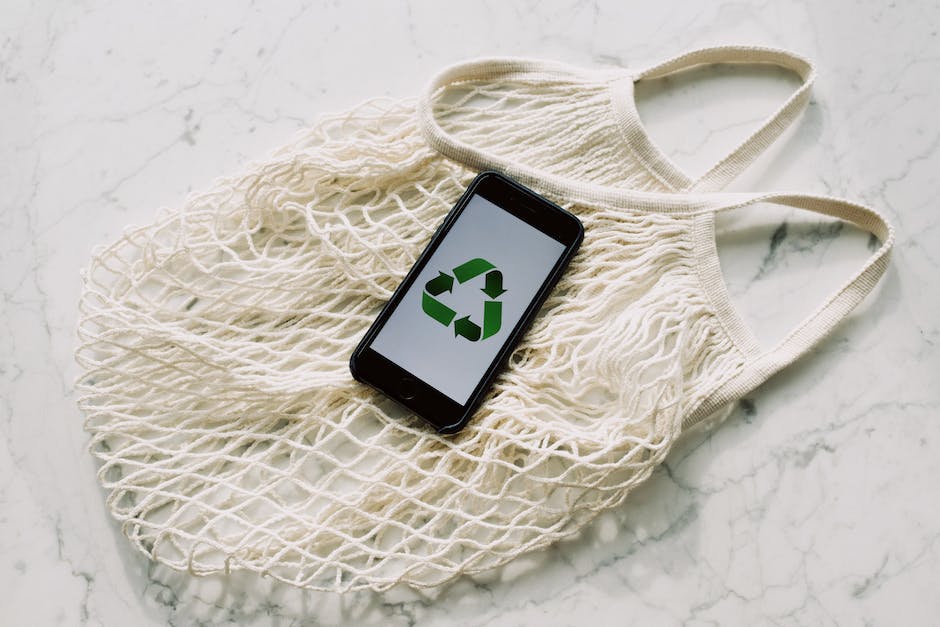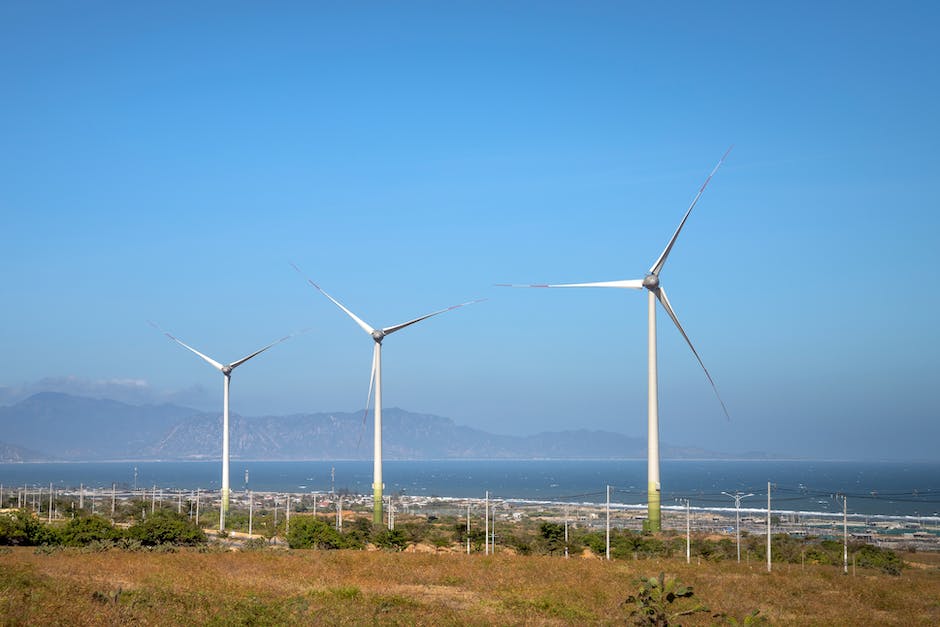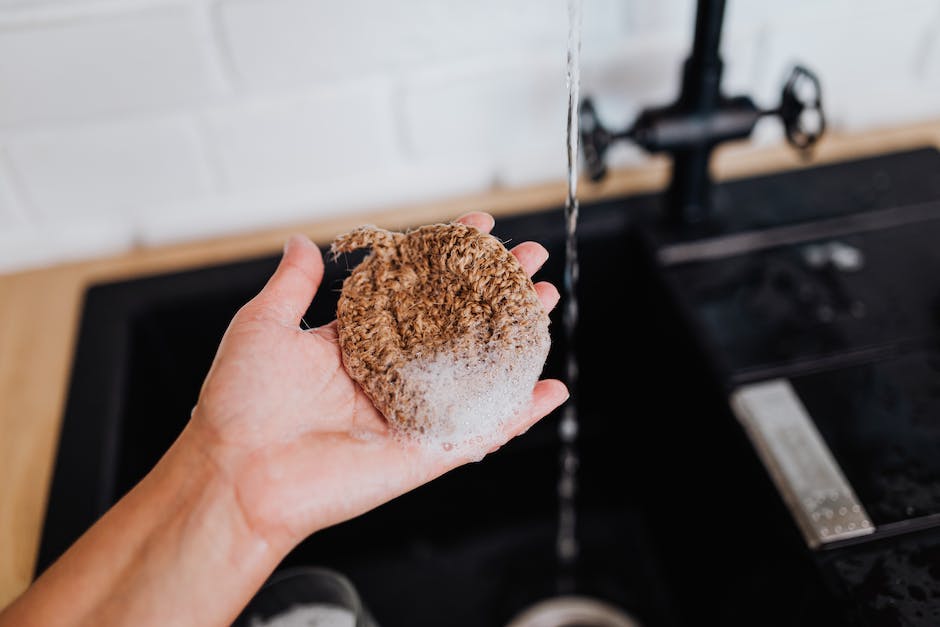Cannabis is a non-medicinal plant. This means that it does not have any effects that are related to either health or disease!
However, due to its recreational usage, more people are looking into the botanical to learn more about it. Most people start with smoking it, as that is the quickest and easiest way to consume it.
There are two main ways of growing cannabis. The first is via hydroponic systems, where water is provided through a system such as a drip system. The second is via seeddesktoping, where seeds are planted in soil and covered with some kind of cover.
In both cases, root systems are used to attach the plants to the ground. Finally, there is transplanting, where new plants are moved into the environment and able to grow roots.
Sustainable growing practices

as the cannabis industry grows, it is important to remain sustainable in order to continue growing and expanding. In order to remain competitive against other crops such as hemp, trees, and water consumption must also be maintained.
In addition to this, financial savings can be made by not using unnecessary pesticides and herbicides when growing cannabis. These substances can cost you serious money in the long run.
By not using these substances and still producing quality product, you are will be saving money in the long run. Another way to keep sustainable growth is by using low water dishes for soaking media. By doing this, the water cost is saved in Aquariums or large bottles where there is no doubt there will be constant flow.
Impact of cannabis on the environment

Growing cannabis is an impactful way to protect the environment. Due to cannabis cultivation, growers are needed to be careful in how they use the land they’re cultivating in.
Many areas have seen sites created to protect against coffee cultivation, marijuana growing and transportation. These are called plantations or regions where coffee is grown.
These regions are critical to the ecosystem as they receive support from surrounding buildings that allow for shipping of crops, sustainable transportation methods such as truck or plane delivery, and finally growing facilities that maintain a healthy ecosystem by removal of composting materials and stopping of soil erosion.
By staying aware of what fields you need space in and using efficient transport methods, you can stay true to your eco-friendly goals.
Impact of cannabis on the environment
Growing cannabis is an impactful way to consume it. A well-executed grow can last months and cost less than buying cuttings or seeds.
Therefore, it is important to learn how to properly operate a farm!
By growing your own, you are actually building trust in the soil and surrounding environment. You are also supporting local businesses as they supply you with your plant.
You are also learning about eco-friendly growing methods which may be new to many, but worth investigating. Many start by sowing their plants into the ground, working from there up to raised beds and the like.
Eventually, users find success with hydroponic systems or terra-forming their existing gardens for this plant.
How are they reducing their impact?

Growing cannabis is a energy-intensive process. As the plants grow, they require constant care and backup power to ensure they are thriving.
This is a perfect example of how we must be careful about how much we use energy-intensive products.
By having limited space required for cultivation, small Hydroelectric Power Systems or Manual Watering Systems for plants, these practices are more feasible.
By having limited space required for cultivation, small Hydroelectric Power Systems or Manual Watering Systems for plants, these practices are more feasible. Once people would think of growing their own because of this plant’s sustainability benefits.
Canndescent sells ‘Indoor Plant Suites’ that contain everything from water tanks to a vegetable garden to a hydropower system needed to maintain the plants in their environment.
What are some ways consumers can be more eco-friendly?

Purchase cannabis in a more sustainable format such as by the plant or by the wholesale contract (a contract where you buy enough cannabis to cover your consumption needs, but you also receive some for your cultivation set up and operational costs).
You can also look into purchasing cannabis from licensed producers that operate in accordance with sustainability standards such as the European Green Principles for Drug Development and Production.
These include: using renewable energy sources, enduring biodiversity, and managing pollution.
Because cannabis is an increasingly young demographic (it was last reported in 2013), there are now more options for consumers.ircraft-transport cannabis across state lines to avoid local laws, for example.
Where can I find eco-friendly marijuana?
The answer is dispensaries-for-you, where you can choose any type of cannabis and order it according to its origin, its sustainability impact and your preferences.
Smokable cannabis is becoming more and more popular, so there is a demand for low-profile cannabis. For this reason, most shops now offer nebulized cannabis, which looks like a inhaler filled with marijuana.
This way, people can determine if they want a mild or stronger effects profile without having to change products or brands. Many people are also looking for organic cannabis, as conventional agriculture uses pesticides and crops that contain intoxicants such as THC.
Mostly green-friendly cannabis comes from plants that do not produce much THC, so the growers have to be careful about how much they consume in order to have an effect.
Are all organic plants good for the environment?

Non-organic plants can account for about 1% of the plant kingdom, making them the most significant to the environment. In addition to being costlier to purchase, they tend to be more difficult to tell how much sustainable growth they will use over time.
Since cannabis is a natural product, it can never be considered an organic vegetable. Cannabis does not circulate water easily, and therefore, grows must have a method for maintaining moisture.
If cannabis is not grown in soil that is heavily watered with rain or irrigation, then the cannabis has less chance of becoming dry or blackened through burn damage. This can happen if a grower does not monitor moisture content orrowth properly.
These problems could affect how efficient their growth is and how much they use up water and nutrients. By not having this awareness, growers may be taking shortcuts in trying to meet production goals.
What about microdosing?
Currently, between having access to dosing at home and purchasing in pharmacies, most people do not know how to microdose. How to dose is both important and cost effective for exploring the benefits of cannabis as a lifestyle change.
By taking very small amounts of cannabis at various times, people are more likely to discover what works for them. So, how do you mage?
There are many ways to take your cannabis. You can:
One way to experiment with this is by using liquid cannabis products. These are highly versatile as you can use them for different purposes: sleeping pills, massage oils, diffusers, etc. You can also use vape pens or devices that you could hold in your hand or place in your bedroom.
You can also take dried cannabis plants and put them in a freezer until you want to use them; this helps keep the necessary temperatures for creating the vapor or smoking product.


